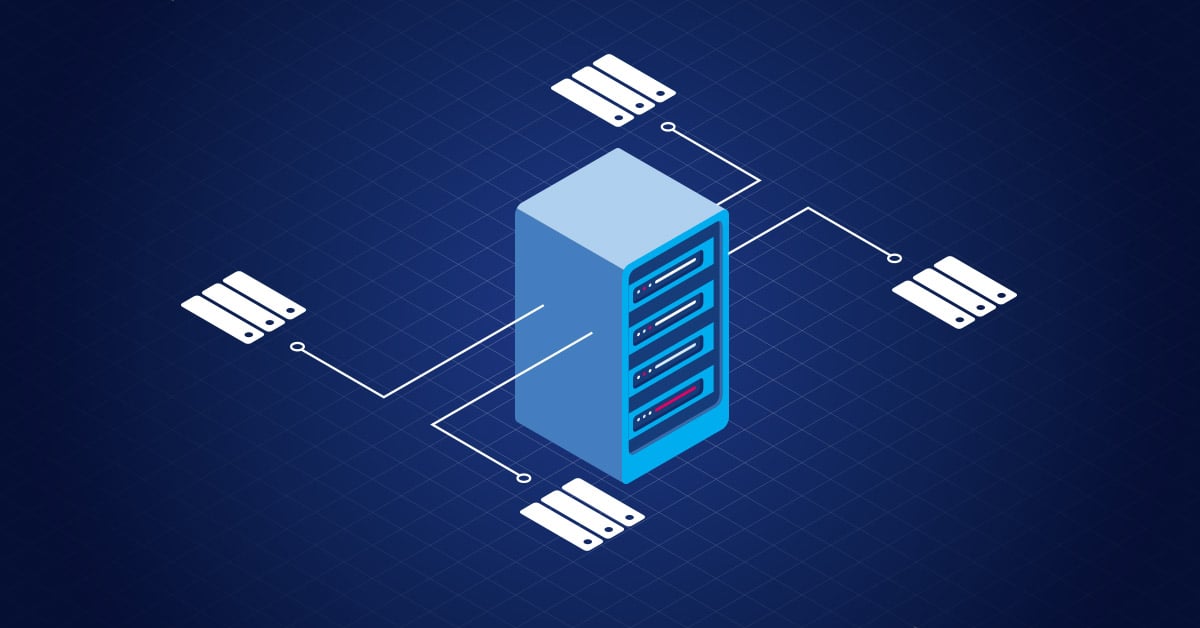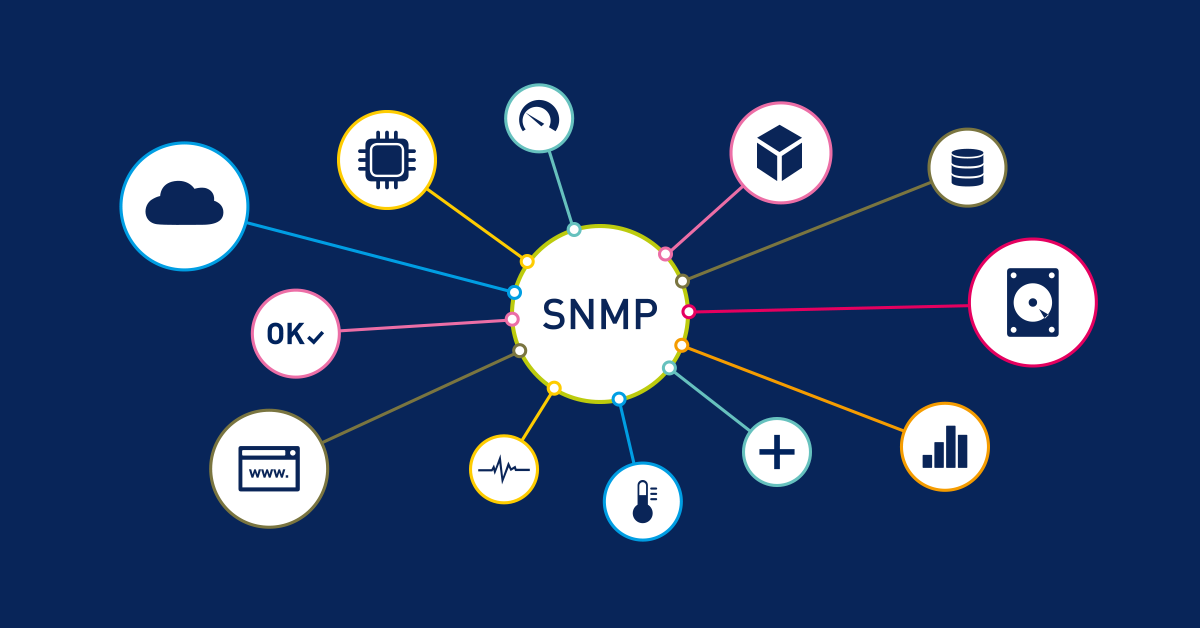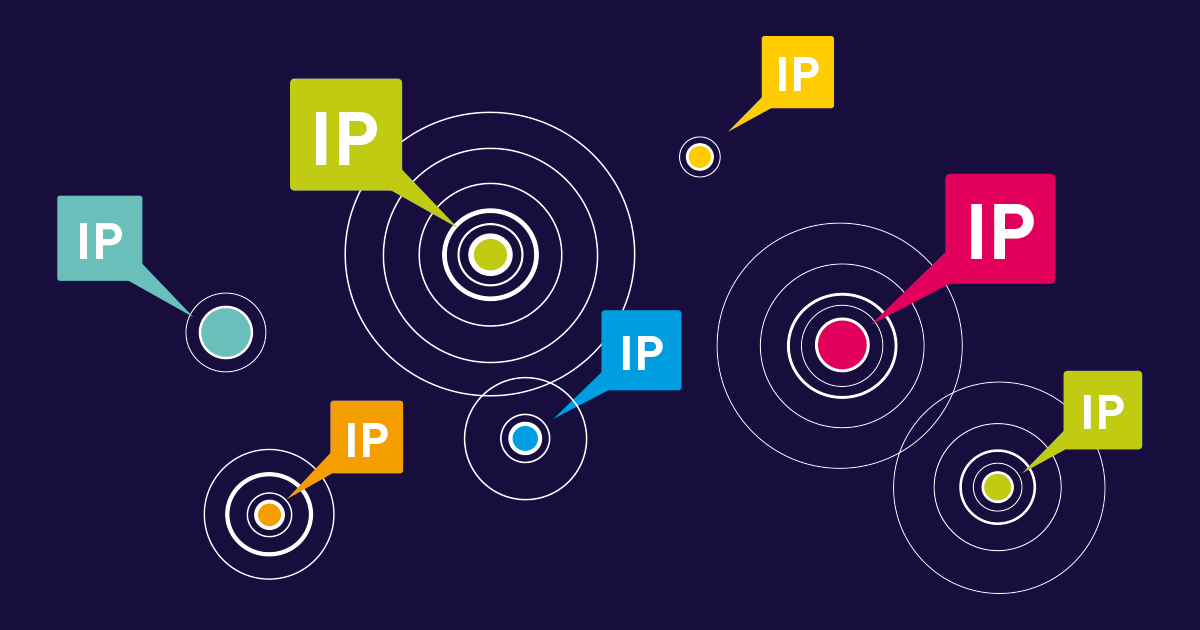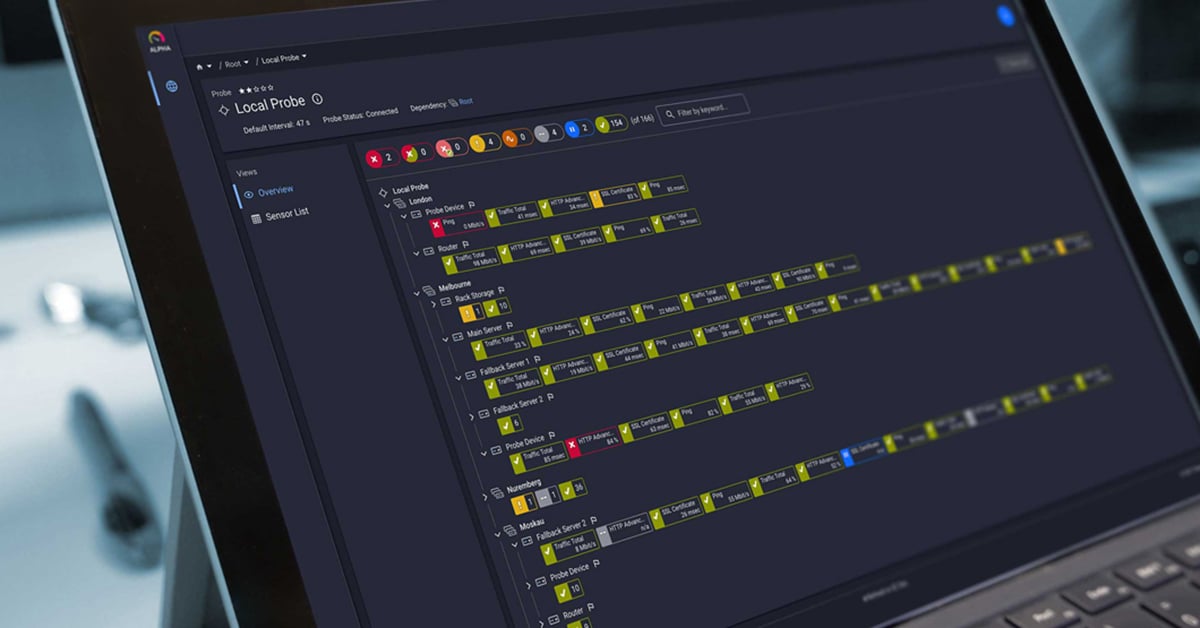Serverless monitoring tools need to address unique observability challenges. Applications in the cloud give you something great: less infrastructure to worry about, automatic scaling, and you only pay for what you use. It's like outsourcing half your sysadmin headaches.
But then you deploy your first AWS Lambda function, Google Cloud Function, or Azure Function, and you're staring into a black box. Your code runs... somewhere. How's it doing? Your traditional monitoring solutions suddenly feel useless - like trying to catch smoke with a fishing net.
- Short-lived functions that appear and disappear
- API Gateway endpoints routing traffic
- Microservices and cloud-native workloads
- Complex distributed workflows
This event-driven, distributed setup makes tracking application performance, latency, and user experience much harder. Without specialized tools, you're flying blind, relying on users to tell you when something breaks.
The Unique Challenges of Serverless Observability
Cloud providers hide the infrastructure you need for proper observability. Your cloud provider (AWS, Google Cloud, Azure) owns everything and hides much of what you'd normally track. You can't just install an agent on a VM and call it a day.
That's why these environments need different monitoring approaches:
- Transient Characteristics: Functions are short-lived. They start, run, and stop, often in milliseconds. This makes host-based monitoring useless. You need to monitor function execution, runtime performance, and invocations - not the host where it runs.
- Distributed Tracing Needs: A single user request might trigger multiple functions, microservices, and API calls through various AWS services or other cloud providers. Finding bottlenecks requires end-to-end distributed tracing to follow the request's path.
- Cold Starts: When a function sits idle too long, the cloud provider needs to boot up its context, causing timeouts and delays. These unpredictable performance issues can frustrate users if not monitored properly.
- Vendor Tools (and limitations): Each cloud vendor provides monitoring solutions like AWS CloudWatch, Google Cloud Monitoring, and Azure Monitor. While necessary, they lack the unified dashboards needed for multi-cloud workloads.
- Cost Optimization: With pay-per-execution pricing, tracking invocation patterns, memory usage, and runtimes helps optimize costs and prevent surprise bills for your serverless applications.
Beyond Native Capabilities: A Solution with PRTG
PRTG connects to all your environments at once. While cloud-native tools like CloudWatch provide basic metrics, they fall short when you need a combined view of multiple AWS accounts, on-premises equipment, or more detailed views of your applications.
PRTG Network Monitor gives you a single monitoring platform that:
- Collects metrics from multiple cloud providers
- Displays them in customizable dashboards
- Sends real-time alerts when things go wrong
- Shows historical trends to spot performance issues
- Helps with troubleshooting and debugging

PRTG's flexibility lets it work with many data sources and ingest telemetry from your workloads. For AWS applications, this means accessing APIs to get logs and metrics from CloudWatch and other AWS services.
Real-World Serverless Monitoring Scenario with PRTG
Let's look at common problems and how PRTG helps solve them with practical use cases.
Use Case 1: Fixing AWS Lambda Performance Bottlenecks
Problem: Customers report slow responses, but CloudWatch logs are overwhelming. You suspect cold starts or long function runtimes in your Lambda functions.
How PRTG Helps:
PRTG can monitor AWS Lambda metrics through CloudWatch REST API Sensors or HTTP Sensors to pull key metrics from your AWS environment:
- Invocations and execution counts
- Error rates and timeouts
- Duration and runtime performance
- Throttles and concurrency issues
Quick How-To:
- Select a CloudWatch Sensor:
Set up a new sensor in PRTG and choose the appropriate CloudWatch sensor type for AWS monitoring. - Configure Credentials and Region:
Enter your AWS access credentials and select the AWS region hosting your Lambda functions. - Configure Metrics:
Choose the Lambda metrics you want to monitor and specify the function name for detailed instrumentation. - Set Thresholds & Alerts:
If Lambda function latency spikes or error rates increase, PRTG will send real-time alerts to your DevOps team via customizable notification workflows.
Use Case 2: Monitoring API Gateway Latency and Errors
Problem: Your serverless apps rely heavily on API Gateway. You need to ensure it responds quickly and remains error-free for optimal user experience.
How PRTG Helps:
PRTG can check your API Gateway's performance two ways:
- Monitor CloudWatch Metrics:
Use PRTG's CloudWatch sensor to collect API Gateway metrics:- Latency and response time
- 4xxError rates for client issues
- 5xxError rates for server problems
- Perform Synthetic Transactions:
Use HTTP Sensors to periodically call your API endpoints, simulating actual user traffic across your pipelines. - Visualize & Alert:
Combine these metrics on customizable dashboards. Set up automation for real-time alerts when detecting error spikes or increasing latency.
FAQ: Diving Deeper into Serverless Monitoring
Q: How does monitoring in these environments differ from traditional server monitoring?
A: You're monitoring functions, not machines. With traditional servers, you track CPU, RAM, disk I/O, and network traffic. In the cloud, you care about:
- Individual function call performance
- Latency and response times across microservices
- Invocations and execution counts
- Cold starts and initialization times
- How serverless functions trigger each other in your workflows
Q: Does PRTG include distributed tracing for applications?
A: PRTG works with your tracing tools for end-to-end visibility. While PRTG isn't a dedicated tracing tool like OpenTelemetry or AWS X-Ray, it can collect and display important metrics from these services. You can set up PRTG sensors to pull:
- Trace aggregations across functions
- Error rates in your distributed systems
- Latency breakdowns to find root causes
Q: What are "custom metrics" in this context?
A: Custom metrics are your business-specific measurements. These are application-specific measurements you define for your applications, such as:
- Number of items processed in Node.js functions
- Duration of specific operations in your serverless framework
- Successful API calls to external services
- Business-specific KPIs for your workloads
PRTG can ingest and display these custom metrics, giving you better insight beyond standard invocation and error rates.
Conclusion
Serverless applications in the cloud offer great agility but need specialized monitoring solutions. Cloud-native tools alone create blind spots and frustrating debugging experiences.
PRTG Network Monitor gives you the complete picture of your environments with:
- End-to-end visibility across cloud providers
- Real-time alerts when performance issues arise
- Historical data to spot trends in your workloads
- Customizable dashboards for your specific needs
Your DevOps teams can spot bottlenecks before users do, troubleshoot issues faster, and optimize performance across cloud-native and on-premises infrastructure.
Stop reacting to outages in your applications and start preventing them with PRTG.
Want to take control of your environment? Try PRTG Network Monitor free for 30 days and see how proper monitoring tools transform your operations.
 Published by
Published by 






